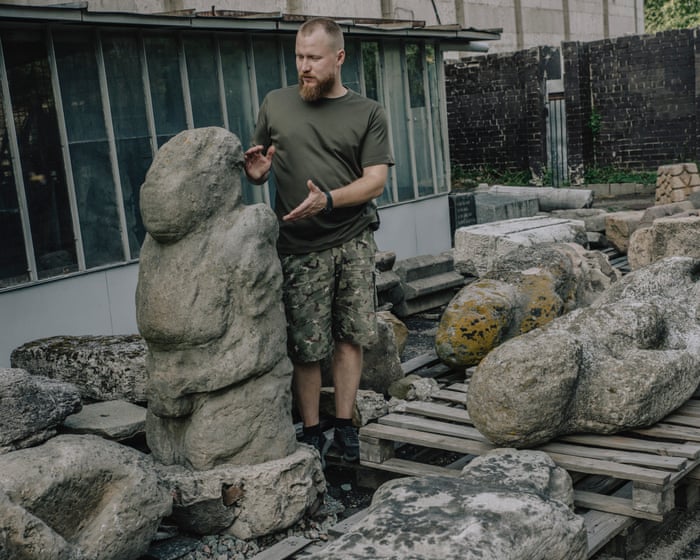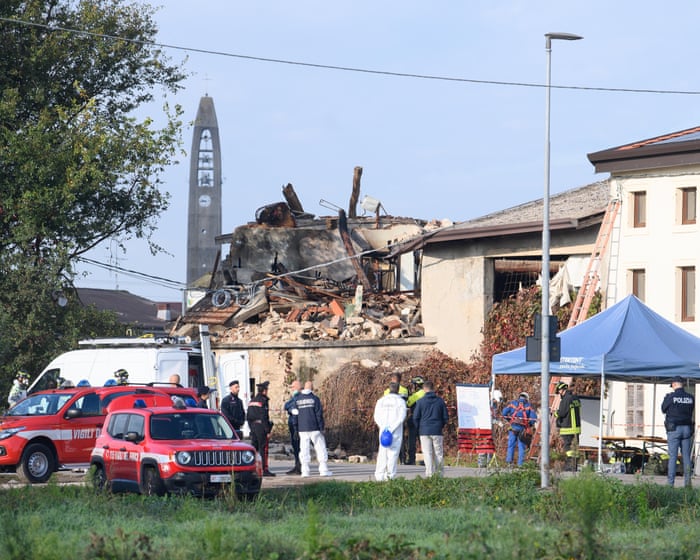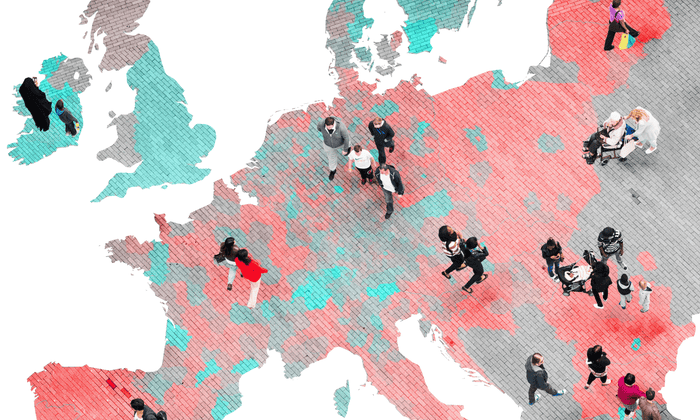A bearded expert and a group of Ukrainian soldiers arrived in the village of Slovianka on a special mission—not to fight Russian forces, but to save a piece of history before the advancing war could destroy it.
The soldiers carefully placed a large stone figure on a wooden pallet. The sculpture, carved about 800 years ago, depicted a woman holding a ceremonial pot, wearing a necklace, with small legs. They gently loaded it onto a flatbed truck. “We didn’t think we’d have to evacuate it. But we do. It’s sad,” said Yurii Fanyhin, who led the operation.
Today, Slovianka is a quiet farming village near the border of Dnipropetrovsk and Donetsk regions. But between the 11th and 13th centuries, it was a key point along a vast steppe route. The Cumans—a Turkic nomadic people also known as the Polovtsy—thrived here north of the Black Sea. They were fierce and skilled warriors.
Their legacy lives on in stone funerary statues called babas, which once dotted southern Ukraine’s landscape. Each represents a deceased person—some warriors with weapons and helmets, others women, unusual for the medieval period. Some wear jewelry; one is even pregnant. All have their hair hidden under hats.
In early 2024, Fanyhin and his team of soldier-volunteers traveled to the war-torn city of Velyka Novosilka, now under Russian control, to retrieve a statue damaged by shrapnel. Others on a hill near Izium were also harmed when Russian forces took the city. So far, they’ve rescued 11 babas, transporting them west to Dnipro’s National History Museum.
The museum houses over 100 Polovtsian sculptures—the world’s largest collection. Some are well-preserved, while others, worn by centuries of weather, have lost their details, their smooth forms resembling abstract art. A Russian missile strike nearby recently shattered part of the museum’s glass pavilion where the statues are kept.
Museum director Oleksandr Starik hopes institutions like the British Museum might help restore the statues. With war straining Ukraine’s budget, cultural funding is scarce. He stressed that the babas are not just national treasures—they also disprove Russia’s false claim that Ukraine has no history of its own.
In 2022, Vladimir Putin used this myth to justify his invasion. “Russia wants to pretend only Slavs lived here, but the steppe was always diverse,” Starik said. “These were our ancestors—nomads who had no ties to the Russian empire.”
The Cumans placed their statues on high mounds, close to the sky. Starik believes they marked tribal boundaries and served as landmarks. Seen as living connections to ancestors, they were part of shamanist rituals, possibly involving sacrifices.
Of Putin’s war, Starik said, “It’s colonial politics. Empires need to expand.” He added, “Saving these statues matters. The enemy doesn’t care—Russians are indifferent to them.””They keep destroying our monuments with artillery and bombs,” said one local.
Two of the ancient statues, known as babas, were recovered from the town of Mezhova, now just 15 kilometers (9 miles) from the frontlines in eastern Dnipropetrovsk region. Earlier this month, a Russian drone struck a civilian minibus, and a glide bomb leveled the town’s school. In 2014, many statues were lost when Russia covertly seized parts of eastern Donbas, including the cities of Donetsk and Luhansk, along with their museum artifacts.
Yevhen Khrypun, editor of the local Mezhivskyi Merydian newspaper, explained that these sculptures hold deep significance because they depict real people from history. “The idea that the Polovtsy are our direct ancestors isn’t entirely accurate—before them, there were Scythians, Sarmatians, and Cimmerians. But it’s symbolic—they all lived on this land,” he said.
Not everyone supports moving the statues to safety. In one case, after a baba was taken away, village officials reported it as stolen to the police. The convoy transporting it to Dnipro was stopped for document checks before finally being allowed to proceed. In another incident in Donetsk region, locals blocked the road with a tractor in protest.
Some statues remain unreachable. One stands near Kostyantynivka, a city under siege where Russian drones patrol the streets, attacking any moving vehicle. “We’d need military help to retrieve it, but no one wants to risk their life for a statue—and neither do I,” admitted Fanyhin.
For the historian, these rescue missions have been a lifeline during the war’s darkest moments. “In a way, the babas saved us,” he said. “This work feels meaningful, even heroic. It proves Ukraine won’t abandon its cultural heritage, not even statues on the frontlines. After victory, they’ll be more precious than ever.”




